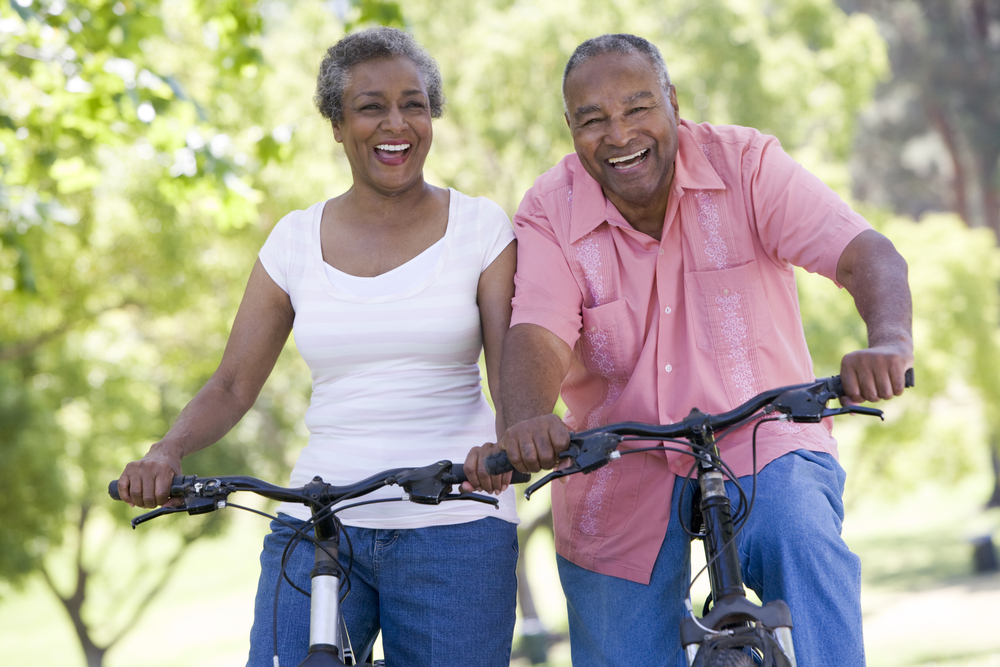One day, while raising my foot for a simple task, I noticed a subtle but challenging shift in my balance. Since then, I’ve committed to spending at least 30 seconds balancing on each leg daily, prompting me to pay closer attention to the health of my hips. As we navigate the journey of aging, maintaining optimal hip health emerges as a cornerstone for overall well-being. The hip joint, a complex structure linking the thigh bone to the pelvis, is pivotal in facilitating movement, supporting body weight, and influencing balance. Aging introduces shifts such as wear and tear on joints, potentially leading to conditions like osteoarthritis, emphasizing the need for healthy practices to transcend age.
The natural aging process impacts hip health as bones lose density over time. This wear and tear can potentially result in various conditions that affect hip health and stability. Preserving the flexibility and strength of the hip joint is crucial for sustaining an active and independent lifestyle in old age.
Physical activity becomes a key ally in the quest for optimal hip health. Even in modest increments, regular exercise aids in maintaining joint flexibility, muscle strength, and bone density. Even if you do not dedicate hours a day to rigorous workouts, you can improve and strengthen healthy hip muscles by embracing simple yet effective strategies. A commitment as brief as 10 minutes a day to focused hip-strengthening and stretching exercises can make a remarkable difference. Hip flexors, stretches, leg raises and pelvic tilts enhance flexibility, prevent stiffness, and contribute to improved balance.
Weight management proves to be another crucial aspect of preserving hip health. Excess weight places additional stress on the hips, potentially accelerating joint degeneration. By adopting a balanced diet and engaging in regular physical activity, individuals can manage their weight effectively, alleviating stress on the hip joints and promoting longevity.

The relationship between hip health and balance is paramount. The hip muscles, vital in supporting the body’s center of gravity, significantly contribute to overall stability. This connection gains significance as individuals age and face challenges such as changes in muscle strength and sensory perception. Incorporating targeted exercises that strengthen hip muscles, along with activities like yoga or tai chi, enhances stability and reduces the risk of falls.
Furthermore, addressing hip health extends beyond the physical domain.
Chronic hip conditions, if left unmanaged, can contribute to persistent pain and discomfort, impacting mental well-being. Recognizing this interconnectedness emphasizes the importance of a holistic approach to wellness. By integrating simple hip-centric practices into daily life, individuals preserve physical function and foster a positive mindset, contributing to a more fulfilling aging experience.
In essence, the quest for healthy aging intertwines with preserving hip health. It’s a lifetime journey, from adopting proactive measures early on to enhance longevity to acknowledging the benefits of focused exercises later in life. Understanding the intricate connection between hip health, mobility, and overall well-being allows individuals to navigate the aging process with resilience, promoting a higher quality of life throughout the various stages of life.
Words by Kaba Abudul-Fattaah








